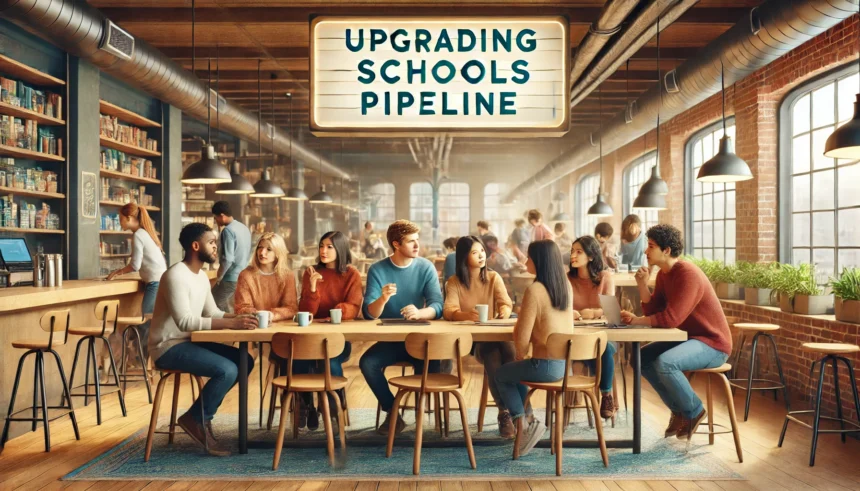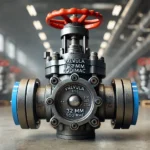Education is the cornerstone of progress, and upgrading schools is a critical step toward shaping a brighter future. The “upgrading schools pipeline” is a strategic framework aimed at enhancing school infrastructure, technology, curriculum, and overall student experience. In this article, we will explore the key components, benefits, challenges, and real-world examples of implementing a successful schools pipeline.
What Is the Upgrading Schools Pipeline?
The upgrading schools pipeline is a systematic approach to modernizing educational institutions. It involves improving physical infrastructure, integrating advanced technologies, updating curriculums, and providing comprehensive support for students and teachers. This pipeline addresses both immediate needs and long-term goals, ensuring that schools evolve to meet the demands of a dynamic world.
Key Components of the Upgrading Schools Pipeline
Infrastructure Development
Modern education requires safe, inclusive, and well-equipped facilities. Renovating classrooms, laboratories, libraries, and recreational spaces creates an environment conducive to learning. Sustainable and eco-friendly designs further enhance long-term benefits.
Technology Integration
Digital tools have transformed education. Providing students and teachers with access to devices, internet connectivity, and smart classroom solutions bridges the digital divide and fosters interactive learning. E-learning platforms make education accessible anytime, anywhere.
Curriculum Enhancement
Updating curriculums to include STEAM (Science, Technology, Engineering, Arts, and Mathematics) education ensures students are prepared for the future job market. Practical and interdisciplinary approaches boost creativity and problem-solving skills.
Teacher Training and Development
Teachers are pivotal in the learning process. Ongoing professional development programs equip educators with the latest teaching methods and digital tools, enabling them to adapt to evolving educational standards.
Student Support Services
Holistic development includes addressing students’ mental health, extracurricular interests, and career aspirations. Schools can provide counseling services, mentorship programs, and opportunities for talent development to ensure every student thrives.
Benefits of a Well-Implemented Schools Pipeline
Improved Student Outcomes
Modernized schools lead to higher academic achievement, better engagement, and increased enrollment rates. Students gain skills that prepare them for higher education and career challenges.
Enhanced Community Value
Upgraded schools strengthen community ties. Parents, local businesses, and organizations often play active roles in school development, creating a shared sense of responsibility and pride.
Sustainability and Long-Term Impact
Sustainable designs and efficient resource management ensure schools remain functional and eco-friendly for years. A culture of continuous improvement fosters adaptability in changing times.
Challenges in Upgrading Schools Pipeline
Funding and Budget Constraints
Securing financial resources is a common hurdle. Governments, private sectors, and NGOs must collaborate to allocate funds effectively.
Stakeholder Alignment
Balancing the interests of students, parents, teachers, and policymakers requires careful communication and planning.
Equity in Implementation
Ensuring that rural and underprivileged schools receive equal attention is essential for bridging educational disparities.
Technological Adaptation
Introducing new technologies can face resistance from staff and students unfamiliar with digital tools. Comprehensive training and gradual implementation help overcome these barriers.
How to Successfully Implement the Upgrading Schools Pipeline
Step 1: Needs Assessment
Conduct surveys and analyze data to identify gaps in infrastructure, curriculum, and resources.
Step 2: Strategic Planning
Set clear goals, prioritize actions, and develop a detailed roadmap. Collaboration with stakeholders ensures inclusivity.
Step 3: Execution
Partner with reliable contractors, integrate technology seamlessly, and train teachers to maximize the benefits of new resources.
Step 4: Monitoring and Evaluation
Use key performance indicators (KPIs) to track progress. Regular feedback from the school community helps refine strategies.
Step 5: Scaling and Sustainability
Develop long-term maintenance plans and secure consistent funding to scale successful initiatives to other schools.
Real-World Examples of Successful School Upgrades
- Finland: A global leader in education, Finland emphasizes modern learning environments, teacher autonomy, and student well-being.
- Kenya: Solar-powered schools and digital classrooms are transforming rural education, enabling access to quality learning resources.
- United States: Public-private partnerships have introduced smart classrooms and STEAM programs in underserved communities.
The Role of Governments, NGOs, and Private Sector
Government Initiatives
Governments play a central role in policy-making and funding. Programs focused on educational equity and infrastructure development drive systemic improvements.
NGO Contributions
Non-governmental organizations provide resources, training, and advocacy, especially in marginalized areas. Their efforts amplify the impact of the upgrading schools pipeline.
Private Sector Partnerships
Tech companies and corporations contribute through donations, technology solutions, and expertise. Collaborative ventures ensure comprehensive upgrades.
Conclusion: The Future of the Upgrading Schools Pipeline
The upgrading schools pipeline is not just about physical renovations; it’s a holistic approach to transforming education. By embracing innovation, fostering collaboration, and addressing challenges, stakeholders can ensure that every student has access to a high-quality education.
Frequently Asked Questions (FAQs)
What is the upgrading schools pipeline?
The upgrading schools pipeline is a structured process to modernize schools by improving infrastructure, technology, curriculums, and support services.
Why is technology integration important in schools?
Technology bridges the digital divide, enhances interactive learning, and provides access to e-learning resources, improving overall education quality.
How can schools secure funding for upgrades?
Schools can combine government grants, private sector investments, and community fundraising to create a sustainable financial plan.
What challenges do schools face during upgrades?
Common challenges include budget constraints, stakeholder alignment, technological adaptation, and ensuring equity in implementation.
What are examples of successful school upgrades?
Examples include Finland’s focus on teacher autonomy, Kenya’s solar-powered schools, and U.S. public-private partnerships introducing smart classrooms.
Recommended Article:
Samuel Guez VTT: The Trailblazer of Mountain Biking
The stephen kostelnya Life and Contributions
The Inspiring Life of ClaudiaYarleidy Ariastoro: A Journey of Dedication and Empowerment





